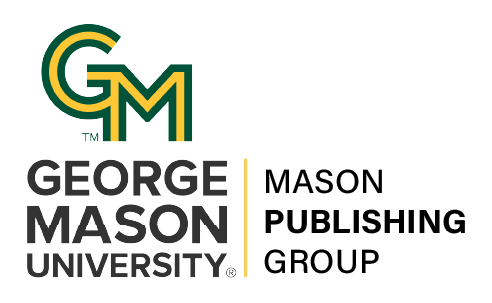Mason Studentsâ Ideal Personal Learning Environment (PLE): What We Know and Donât Know About How Students Learn in the Digital Age
DOI:
https://doi.org/10.13021/G8888WAbstract
A Personal Learning Environment or PLE is described as a process that helps students organize the influx of information and resources that they are faced with on a daily basis into a personalized digital learning space or experience. A PLE is primarily facilitated by cloud-based Web 2.0 technologies and services designed to help students create, organize, and share content, participate in collective knowledge generation, and manage their own meaning making. Hence, a PLE is student-designed around each studentâs goals or learning approach. In a PLE, the student develops an individualized digital identity through the perceptual cues and cognitive affordances that the personalized learning environment provides such as what information to share and when, who to share it with, and how to effectively merge formal and informal learning experiences. To gather data on PLEs, Mason students were asked what do they like to learn about; what hardware (devices) and software do they use to learn; what digital tools they wish they had access to for learning; and what their ideal PLE might look like. In this presentation, we will share student responses to these questions and provide recommendations for supporting the development PLEs in teaching and learning contexts.Downloads
Published
2016-07-15
Issue
Section
1:00pm-2:30pm Workshops




